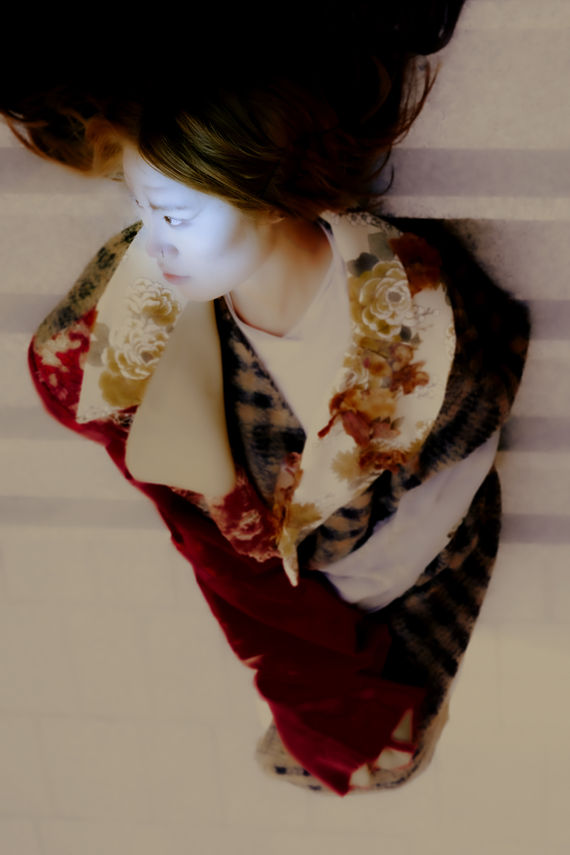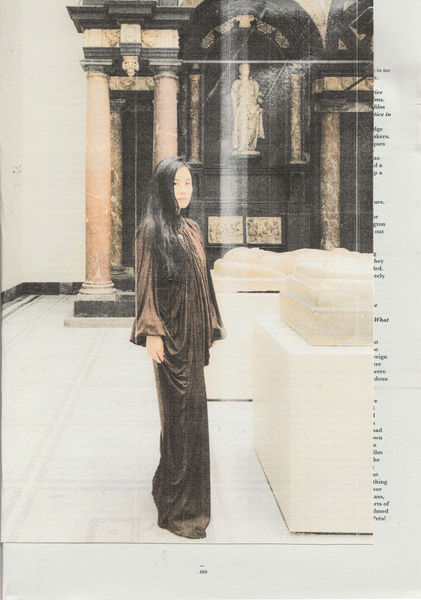Modernist Architecture
(found objects)

Bauhaus kitchen

When it came to designing the set, Tati decided to create a space that would give him the flexibility to shoot multiple buildings with a large ensemble cast constantly moving in and out of them. Tati and architect Eugene Roman, therefore, designed Tativille, a functioning mini city on the outskirts of Paris. The set consisted to two scaled down buildings made of steel and concrete, as well as numerous trompe l’oeil facades. All of the structures were movable so Tati could rearrange the sets to create what would look like an entire block of buildings. Tativille was so extensive that it even had its own power plant and working street lights. The grandness of what Tati created, however, ultimately caused many problems for the film, including it taking two entire years to shoot. The massive set and the film delays made Playtime the most expensive French film to date; however, its poor critical reception caused Tati to go bankrupt. One interesting consequence of the late release was that by the time the movie came out in 1967, architecture had moved on to the more imaginative and playful styles of mid-century modern, space age and googie.
mood board
intersection
(inspired the interview of J W Anderson - disobedient exhibition )

Shoot board
BAUHAUS TRIADISCHES BALLET

Bauhaus translated to “construction house” originated as a German school of the arts in the early 20th century. Founded by Walter Gropius, the school eventually morphed into its own modern art movement characterized by its unique approach to architecture and design. Today, Bauhaus is renowned for both its unique aesthetic that inventively combines the fine arts with arts and crafts as well as its enduring influence on modern and contemporary art.
The Bauhaus teaching method replaced the traditional pupil-teacher relationship with the idea of a community of artists working together. Its aim was to bring art back into contact with everyday life, and architecture, performing arts, design and applied arts were therefore given as much weight as fine art. The name is a combination of the German words for building (bau) and house (haus) and may have been intended to evoke the idea of a guild or fraternity working to build a new society.
shoot
(avantgarde)

Shoot

































